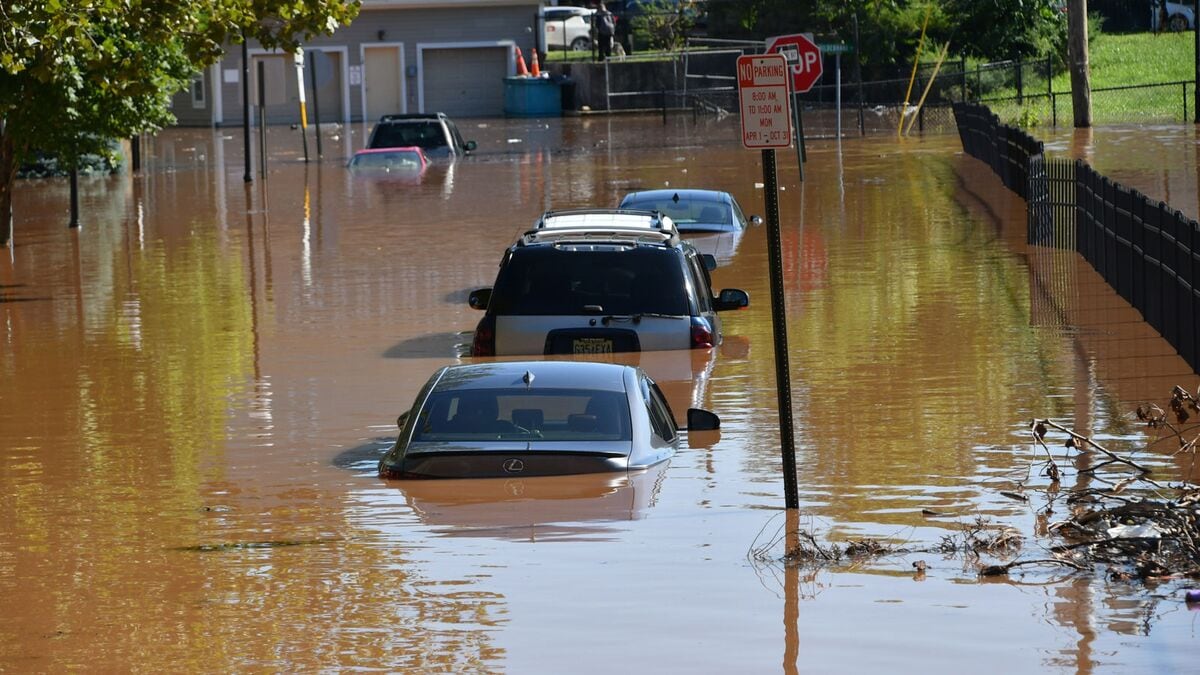While it’s still too early to assess the full extent of the damage that last week’s historic earthquake-tsunami combo ultimately will wreak on the world’s third-largest auto-producing nation, even at this point, it’s clear the ramifications are destined to be felt for some time to come — and not only in Japan itself. A number of manufacturers, including Toyota, Nissan, Honda and Subaru, temporarily halted production at some or all of their assembly plants located in the areas most directly impacted. Even Mazda, which is based in Hiroshima, over 700 miles west of the primary strike zone, temporarily ceased operations at its main plant and at the nearby Hofu facility.
Included among key Japan-sourced models directly affected by these initial stoppage actions are the Honda Civic Hybrid and CR-Z, Toyota Prius and Yaris, Scion xB and xD as well as the Nissan LEAF EV. Equally critical to the overall recovery equation are ancillary shutdowns at numerous support facilities that manufacture a broad range of critical components — from electrical elements and batteries for hybrid models to complete conventional powertrains — not only for domestic-market vehicles but for their made-in-America counterparts, as well. While the worst of these output halts will likely be fairly short-lived, all are destined to prove costly. One report by Goldman Sachs indicated that Toyota could suffer financial losses of up to $72 million dollars per day during this shutdown period and Honda and Nissan stand to lose up to $24 million each.
Mother Nature’s devastating one-two punch also claimed thousands of completed vehicles that were sitting in ports. The worst of those losses appear to have been sustained by Nissan. Although it did manage to get over 600 LEAFs on a ship and safely out of harm’s way before the disaster struck, the automaker says it lost about 2,300 units — including 1,300 U.S.-bound Infiniti M, EX and FX models as well as some 370Z cars — due to the earthquake and a subsequent fire that swept through its operations in the port of Hitachi.
Long a proponent and successful practitioner of the just-in-time build process; the Japanese auto industry faces the prospects of being further hampered by massive disruptions to its basic delivery infrastructure, including road, rail, and ship venues. If that’s not enough, the carmakers — and all other types of high power-demand industries — also must cope with an estimated 20 to 30-percent loss of electrical power that had been provided by the damaged nuclear-generating plants which appear destined to remain out of commission for an indeterminate period of time. As a result, any factories that are operating in much of the eastern portion of the country are now being subjected to rolling blackout periods.
At this point, virtually all of the manufacturers remain in an information-gathering mode to more completely assess the short- and long-term damages to both their local and international manufacturing and related supply lines. While most plan to restart at least some portion of their production activities either later this week or next, even the most optimistic believe it will take considerable time and massive human/financial efforts to get Japan’s auto industry back up and running at its full pre-quake/tsunami level.







